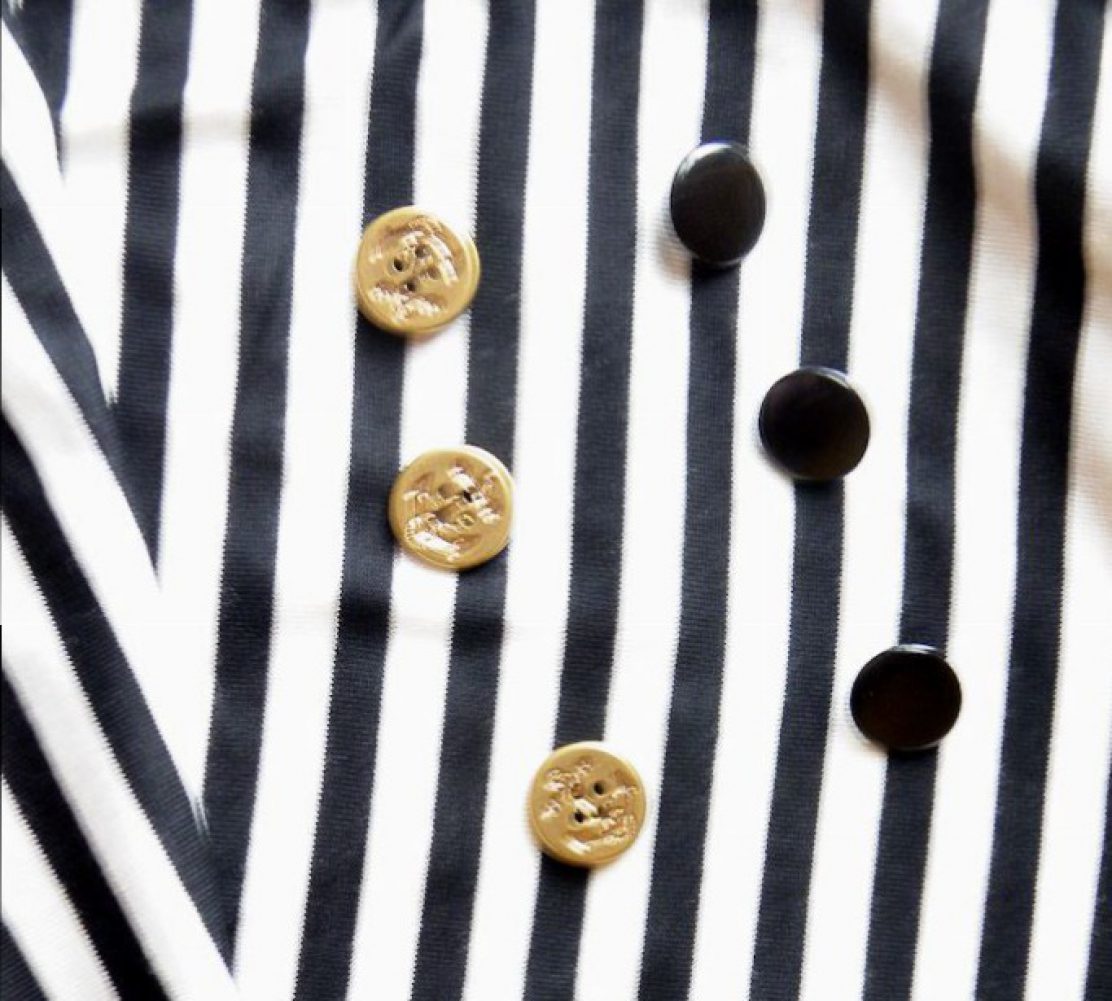Lucky you! An update within a week of my last post! 😉 Yes, a bit more progress was made on the tote. So, where were we?
The Handles Of Course
So I went with the D-Ring option in the end. I also removed the stiff woven interfacing from the cording – it was too stiff – and instead went with naked cording inside double layer of faux suede.
The part below the D-Ring ended up being a layer of vinyl leather over faux suede – for that fake leather thickness. I went for a Vivienne Westwoodish diamond shape cut out with the aid of a cardboard template. 
As you can see, plenty of double-sided tape was used in the process to hold the pieces in place. May not be what the professionals use, but it does the trick. And this bag is totally an exercise in using up the stash – decades old double-sided tape included!
So here are the finished handles. Don’t look too closely though. The sewing is all a bit wonky. But hey, for once it’s “Good Enough”!
Next up I sew in the zipper opening before attaching the handles to the bag.
As you can see, it goes from middle of one side panel to middle of the other side panel. I plan to finish it off with two vinyl leather tabs like the ubiquitous Longchamp Le Pliage tote bags.
And the handles were “baste” in place again with double-sided tape before being edge-stitched. BTW, the Teflon Feet comes in really handy for these faux suede and leather! But it’s a bit wide, so luckily my machine can swing the needle either way up to 3.5mm.
Where the handles are attached I reinforced the bag panels with the stiff woven interfacing. Because I’m paranoid about handle failure, especially with those heavy bottles of Coke Zero that my Other Half have me buy for him from time to time.
Bottom Up!
Next up is attaching the bottom. I did the two long sides first, then clip the corners (reinforced with Dritz Fray Check wherever I clipped), and finally sew the two shorter sides.
Now the Lining & Inside Pockets
Again in a stash-busting move I used whatever was in my stash no matter how inappropriate it might be. So standard dress lining it is then. Something tougher would have been better. But I’m being disciplined.
As a compromise, I fused the stiff woven interface to the lining instead of the bag fabric. I was going to use the stiff one on the faux suede and another lighter one on the lining. But extra layers means extra weight, however imperceptible it may seem while the bag is empty. Fusing the stiff interfacing also forced me to use up decades old Aleene’s Original Iron On Fusible Web.
The pockets are double layer lining interfaced with decades old Pellon Soft Shape interfacing. On one side I experimented with pleated pockets sewn into the side and bottom seams. On the other side are flat edge-stitched pockets. We shall see which gets used more often!
 Rest of the lining construction is like the outer layer. With the addition of the stiff interfacing the bag stands up all by itself! I’m very proud.
Rest of the lining construction is like the outer layer. With the addition of the stiff interfacing the bag stands up all by itself! I’m very proud.
And here’s a shot of the inside pockets. No zips inside. I don’t like too many hurdles to get to my junks.
Stayed tuned for the next episode, where the Bag and the Lining get hitched!












 A while back when I was traveling a bit, I wanted a replacement carry-on bag. The one I had was getting tatty in places and was a bit heavy once laden with all the modern-day gadgets. So I started cutting out fabrics for a replacement. But when I measured the weight, my fabric pieces was working out heavier than the original bag. Some sewn products are best left to the professionals, who have access to special material that better meet the practical needs which we can’t easily get hold of in consumer fabric stores. Sigh.
A while back when I was traveling a bit, I wanted a replacement carry-on bag. The one I had was getting tatty in places and was a bit heavy once laden with all the modern-day gadgets. So I started cutting out fabrics for a replacement. But when I measured the weight, my fabric pieces was working out heavier than the original bag. Some sewn products are best left to the professionals, who have access to special material that better meet the practical needs which we can’t easily get hold of in consumer fabric stores. Sigh.




















































 The sihouette is close enough to the Topshop coat. I like the idea of detachable fur collar. I still have leftover scraps of
The sihouette is close enough to the Topshop coat. I like the idea of detachable fur collar. I still have leftover scraps of 
